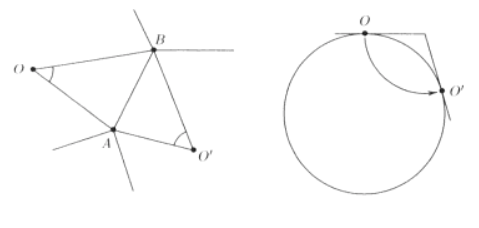This is exercise 21.3, of Mathematical Omnibus: Thirty Lectures on Classic Mathematics, by D.B. Fuks and Serge Tabachnikov. The solution is given on page 448:
Assume that $P$ is circumscribed. Consider a face $A_1$, $A_2$,...
$A_n$ and let $O$ be its tangency point with the sphere. Clearly, the
sum of angles $A_i O A_{i+1}$ is $2\pi$. We shall sum up al these
angles over all faces, taking the angles in the white faces with
positive signs and the angles in the black faces with negative signs.
Since there are more black faces, this sum, $\Sigma$, is negative.
On the other hand, consider two adjacent faces with a common edge
$AB$; see figure; The angles $AOB$ and $AO'B$ are equal. Indeed,
revolve the plane $AOB$ about the line $AB$ (as if it were a hinge)
until it coincides with the plane $AO'B$. This rotation takes point
$O$ to $O'$ and hence the triangles $AOB$ and $AO'B$ are congruent.
There are two kinds of adjacent faces; black-white and white-white;
the former's contribution to $\Sigma$ cancels, and the latter
contribute a positive number. Thus $\Sigma\geq 0$, a contradiction.


